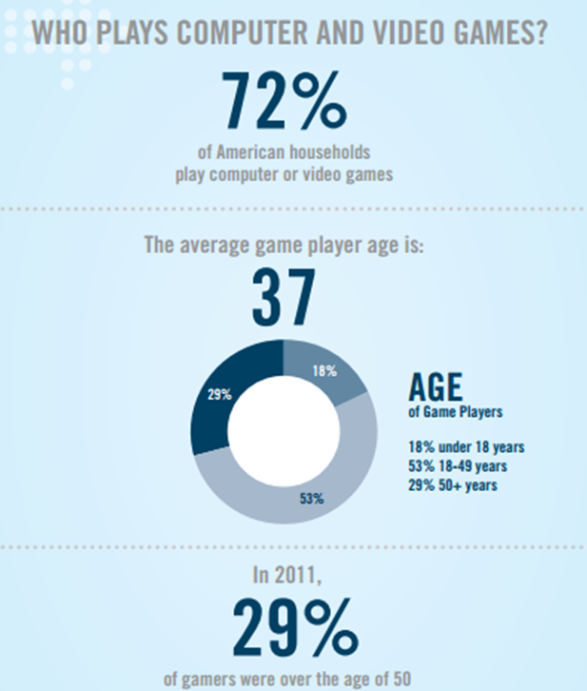If you believe all the hype about digital health, you might think gamification was a natural solution. Of course, if you’ve never heard of gamification, let me provide a basic definition from Wikipedia.
Gamification is the use of game thinking and game mechanics in non-game contexts to engage users in solving problems.
Here’s several articles for more information:
- Four Factors Driving Gamification in Healthcare
- From FitBit to Fitocracy
- The Wellness Game
- Gamification: Drugmakers And Health Campaigners Turn To Games To Promote Health
I think this quote from the Perficient white paper on this topic is a good one.
Gabe Zichermann, the author of Game-Based Marketing, speaks of balancing the fun and frivolity of gamification with the task of making life easier for cancer patients. He says, “I don’t presume to think that we can make having cancer into a purely fun experience. But, we have data to show that when we give cancer patients gamified experiences to help them manage their drug
prescriptions and manage chemotherapy, they improve their emotional state and also their adherence to their protocol.”
You can also look at a post by Jane Sarasohn-Kahn (one of my favorite bloggers) on this topic where she highlights several trends from a recent paper on gamification in healthcare.
Now, why should you care?
- Gamification should improve engagement which is critical to changing behavior.
- Gamification creates opportunities to make healthcare fun which can be difficult.
- People are different and respond to different “incentives”. Competition and leader boards are concepts that excite lots of people to take action.
The forecasts for the gamification market are huge. They show a nice hockey stick which gets every investor excited.

Of course, the important question is who uses games. Is it just teenage boys? It’s not. Here’s a good report which shows you breakdown by age, gender, and many other stats.
Another quick article about gamification is from TEDMED. The video is below, but it reminds me of some of my personal perspectives. The sites also lists out several vendors and solutions in the obesity gamification space.
While one “easy” opportunity in my mind is to use gamification to address the rising number of kids with chronic diseases and to help address childhood obesity, there are many other opportunities like adherence. A few examples of games out there include:
Companies like Ayogo, Mango Health, and Akili are ones that I’ve heard about, but I know there are a lot more out there.
One example I think of from watching my kids play games is from Webkinz which was a blend of real stuffed animals with online digital personas. The animals could get sick if you didn’t nurture them and visit them. It made me think of how an avatar could get fatter or slower based on their pedometer or eating habits.


 March 3, 2014
March 3, 2014 



Trackbacks/Pingbacks
[…] Healthcare Gamification […]
[…] See full story on georgevanantwerp.com […]
[…] about learnings from gamification or incentive […]
[…] I was writing the post about gamification in healthcare, it got me thinking about what I’ve learned about gaming especially in today’s device […]